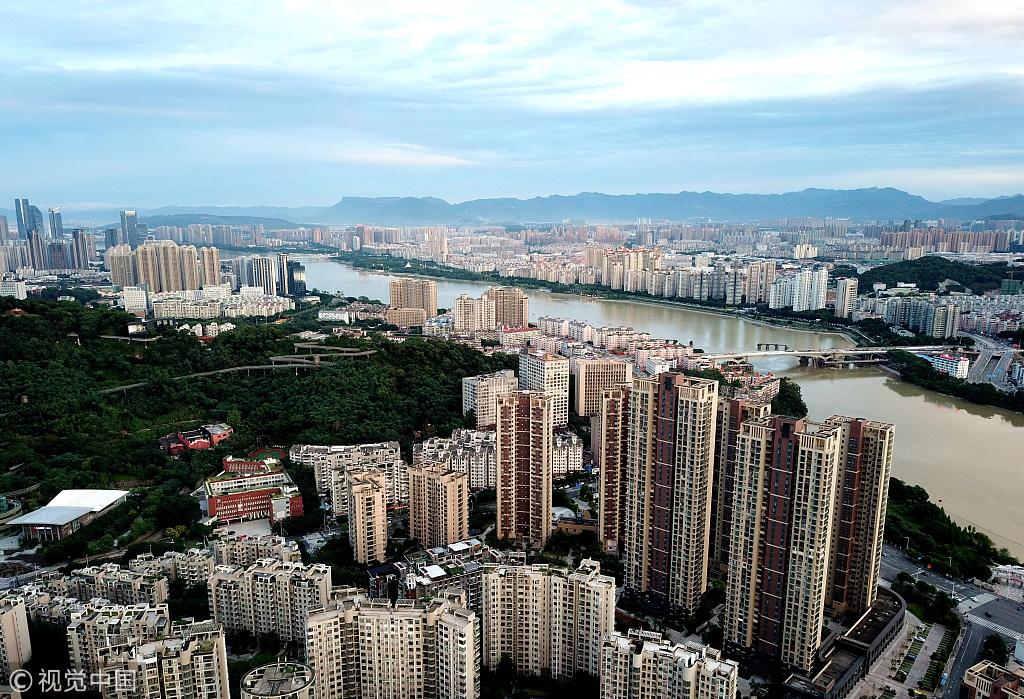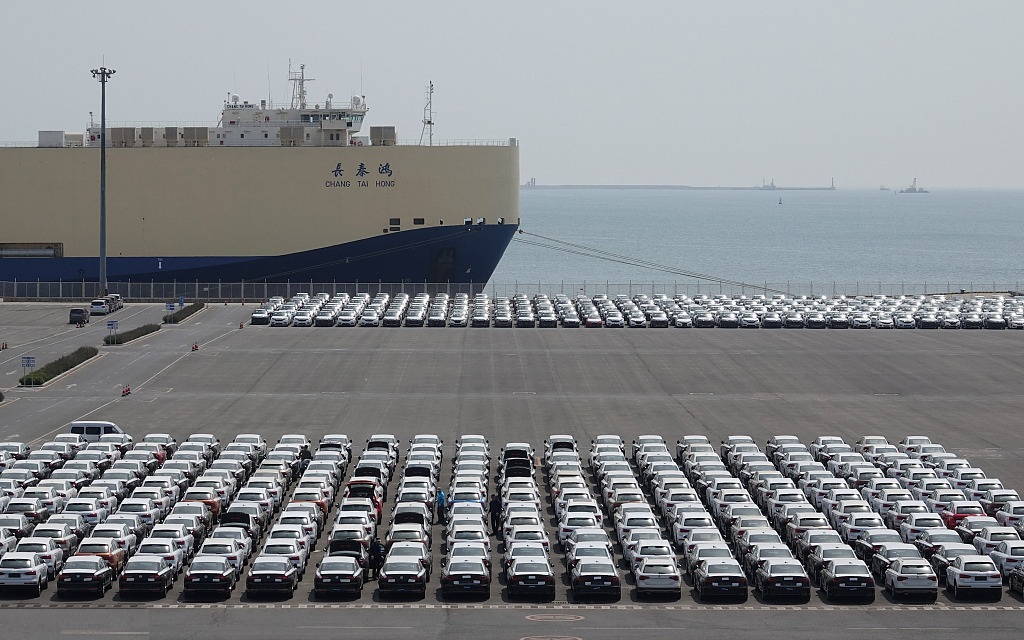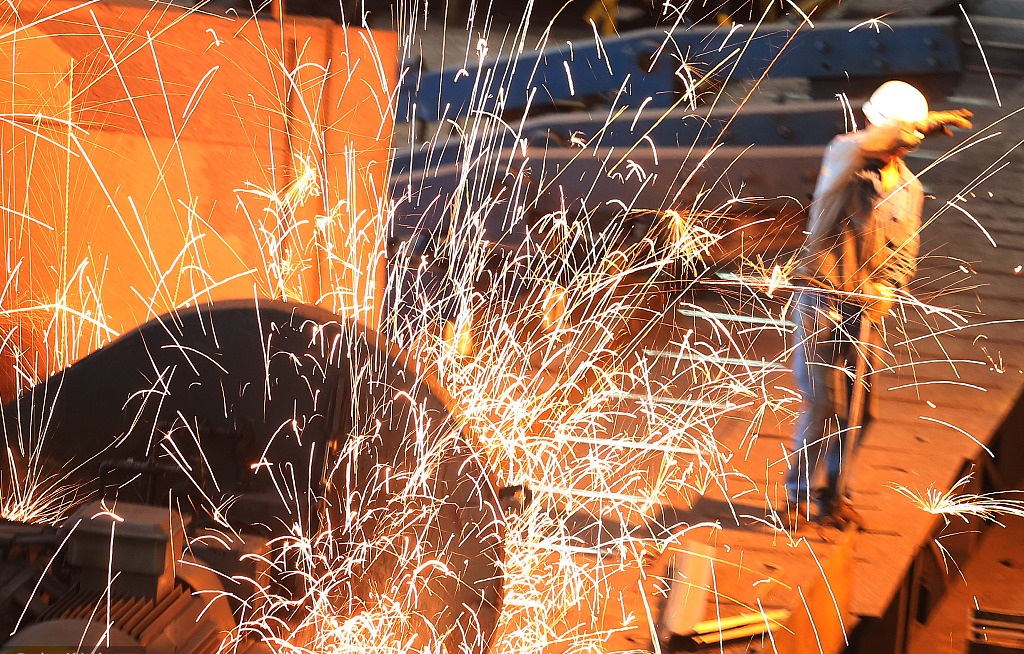China's economy is running soundly, maintaining stability, and moving toward high-quality development: analyst

Photos: VCG
The latest economic data shows China’s economy is running soundly and maintaining stable development, heading along a path of high quality development.
China’s manufacturing purchasing mangers’ index (PMI) is more than 50, and the non-manufacturing PMI has remained stable at a high level of over 54.
Data shows that the PMI came in at 51.5 in June, above the boom-bust line of 50, the National Bureau of Statistics (NBS) said in a statement on June 30. The figure fell 0.4 points from May, but is still higher than the average of the first half by 0.2 points.
China’s non-manufacturing PMI came in at 55 in June, up from 54.9 in May, up 0.1 points from the previous month, higher than the average of the first half by 0.2 points, according to the statement.

H1: Growth continues to improve
Although the latest data indicates that the growth rate of supply and demand has slowed down and the international trading environment has deteriorated, China’s economic resilience appears to be strong. Meanwhile, the first half year has seen economic structural transformation and upgrading. Areas of new growth have accelerated and reforms have been implemented in key areas. Economic growth remained within a reasonable range, and the inherent stability and coordination in growth continued to improve, honing a stable environment for high quality development.
Supply-side structural reforms are further moving forward, taking transformation and upgrading of the economic structure to a higher level.
Moves in reducing production capacity have shifted from aggregate to structural, market-oriented, and law-based.
From a microeconomic perspective, enterprises’ leverage ratio and operating costs continue to decline, and investment into relatively weak sectors continues to increase. The microeconomic foundation of economic growth has been further consolidated.
In terms of industrial structure, the service industry has developed rapidly and has become the main force for economic growth.
New growth momentum is accelerating, bringing new impetus to China's economy towards high quality development. The government’s Internet plus strategy, launched in 2015, which aims to apply information technology to conventional industries, has been deeply integrated, enhancing the vigorous development of new business models such as online shopping and the so-called platform economy, exemplified by companies such as Alibaba, JD.com and Didi.
Reforms in key areas continued to provide institutional support for sustained and stable economic growth. By the end of May, the number of market entities (such as businesses and enterprises) throughout China hit a record of 100 million, ushering in a new era for growth.

H2 might see downward pressure
China might face a more complicated domestic and international economic situation in the second half of the year.
The US administration has continuously provoked trade friction in the global economy, and the international multilateral trading system is facing challenges. This situation might forge a more uncertain and unstable external economic situation for China.
The above factors will inevitably affect the sound growth of China’s economy and increase downward pressure.
On one hand, China needs to focus on high-quality development and continue to carry out its innovation-driven strategy and supply-side structural reforms, through effectively creating an impetus for market players, and significantly enhancing the capability in innovation and competitiveness of China's economic development.
On the other hand, in the process of promoting high-quality development, the government needs to combine its efforts in expanding domestic demand, optimizing the consumption environment, and pushing forward consumption upgrading.
More work is needed to improve the investment environment, optimize the investment structure, and promote effective investment, especially private investment.
Meanwhile, China needs to pay attention to reining in risks, especially to prevent and monitor financial risks by managing debts within the controllable range, and guiding the market to reasonable expectations.
China will continue to deepen reform and expand opening-up while heading to high quality development.
The author, Zhang Deyong, is a researcher from the Institute of Finance and Trade Economics at the Chinese Academy of Social Sciences.
(Compiled by Dong Feng)


